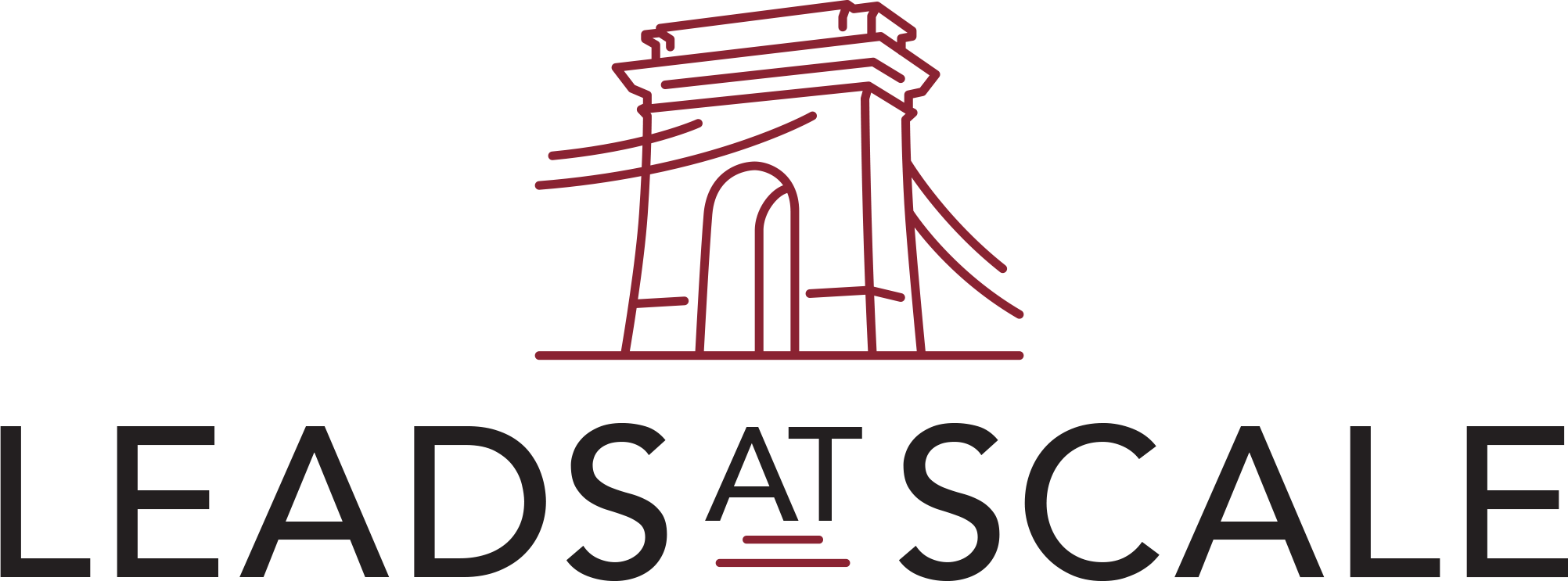Part of being a successful salesperson involves knowing how to make great follow-up calls. While the initial cold call is important, the follow-up can be even more impactful. Most of your prospects are busy professionals who may not have the time to talk on the phone when you first reach out.
However, if you make a good impression and leave a strong message, they may be more likely to hear your pitch the second time around. Here are some tips for ensuring that your follow-up calls turn into sales.
Do Your Research
Although a cold call might seem like a shot in the dark, there’s actually quite a bit of research that you can do in advance. Ideally, you already know the person’s name, job title, and company before starting the call.
At the very least, you should have a general idea of what their business does. Use LinkedIn and Google to learn as much as you can about the person and their company. The more you know, the better equipped you’ll be to have a meaningful conversation. Establishing a buyer persona for your leads can also be helpful.
Use the information you gathered to personalize your message. For example, if you know that the person is interested in sustainable business practices, you could mention how your product or service can help them reduce their carbon footprint.
Timing Matters
When it comes to follow-up calls, timing is everything. From the moment you hang up the phone after your first call, you should start thinking about the best time to reach out again. You should first worry about scheduling a specific day and time for your follow-up call.
A recent study found that Wednesday and Thursday were the best days to make a follow-up call and that the best time to call was between 4 pm and 5 pm (buyer’s time.) Between 8:00 am and 10:00 am was also successful, although this may not be the best time for you to make calls, depending on your work schedule.
If you can book a meeting during these times, immediately send a confirmation email with the details of the meeting and add it to your calendar and prospects. This will help ensure that there are no mix-ups and that everyone is on the same page.
Finally, it’s crucial to show up on time on the day of the meeting. If you’re running late, always call ahead to let your prospect know. Lateness can be interpreted as a lack of interest or disrespect, neither of which is conducive to making a sale.
Work On Your Opening Statement and Create Follow up Call Script
Your opening statement is vital to the success of your follow-up call. You only have a few seconds to earn your prospect’s attention, so you must ensure that your opening statement is exciting and relevant. Of course, you can ask them how they’re doing or how their week is going, but that’s as far as small talk should go. Start by stating your name and the purpose of your call. Use friendly openers to establish rapport.
The rest of your opening statement should be focused on the prospect and their needs. If you have any referrals, this is the time to mention them. You should also briefly explain why you’re calling and how your product or service can benefit the prospect. Mention specific details learned during prior conversations or through research.
For example, ”I’m calling because I know that your company is expanding its operations in Asia, and I wanted to let you know that we offer several language services that could be of assistance.”
Your goal is to clarify why you’re calling and what you can offer without sounding like a used car salesman. Put yourself in your prospect’s shoes and think about what would pique your interest. They might not know you or your company, so you need to give them a reason to want to listen to what you have to say. Also, prepare for potential objections in advance by scripting responses.
Also, consider creating a well-crafted script for your sales follow-up calls which can bring structure and cohesion to your conversations. A well-prepared script allows for consistency. It ensures that important details or questions aren’t forgotten. But remember, relying too heavily on it might make the conversation sound stiff and robotic. Therefore, the key is to find common ground between scripted structure and conversational fluidity. Your script should act as a guideline rather than an absolute dictation of dialogue. Now, this may take some practice, but the more conversations you have, the more comfortable and confident you’ll become.
Adjusting on the fly is another skill worth mastering. You don’t want to get so locked into the script that you miss out on the opportunity to take the conversation in a new direction. Remain open and ask follow-up questions. Listen carefully and make sure all points are addressed before moving forward.
Ask Impactful Questions
As the conversation progresses, you’ll want to ask your prospect questions about their business and needs. But not just any questions will do. You need to ensure that the questions you’re asking are relevant and insightful. Avoid ”yes” or ”no” questions, as they won’t help you get the necessary information.
Instead, focus on open-ended questions that will give you a better understanding of your prospect’s business and their needs. For example, you could ask them what they’re looking for in a supplier or how they measure success when working with a new vendor. Once you ask the question, you must allow your prospect the time to answer.
Don’t interrupt them or try to steer the conversation in a different direction. The goal is to get as much information out of them as possible, and the only way to do that is to let them talk. A business conversation like this is a two-way street, so always allow your prospect to share their thoughts and concerns.
Be Prepared To Answer Objections
Most people have a clear idea of how the perfect call would go. You say this, they say that, and then you close the deal. But in reality, sales calls rarely go that smoothly. Your prospect will likely have questions and objections, and you must be prepared to deal with them.
The best way to do that is to anticipate what their objections might be and have a plan for how you’re going to address them. For example, if you’re selling a new product, your prospect might be concerned about the cost or whether it’s compatible with their existing system. They might be worried about the quality or the turnaround time if you’re selling a service.
By thinking about these objections ahead of time, you can come up with some answers that will help to put your prospect’s mind at ease. However, you must also be ready to think on your feet and come up with an answer on the spot if you’re faced with an objection you didn’t anticipate.
The key is to stay calm and be patient. If you handle the objection confidently and professionally, you’ll be more likely to win your prospect over.
Understand The Difference Between Persistent and Pushy
There’s a fine line between being persistent and pushy, and it’s essential to understand the difference. Persistence is vital in sales, as you often need to make multiple calls or send multiple emails before you get a response from your prospect.
But there’s a difference between making a follow-up call and becoming a nuisance. If your prospect repeatedly tells you they’re not interested, it’s important to take the hint and move on. Otherwise, you risk damaging your relationship with them. You should instead focus on prospects who are on the fence and see if you can persuade them to give your product or service a try.
Don’t beg, plead, or try to guilt them into working with you. That will only make you look desperate and could damage your reputation. Instead, focus on building a rapport and demonstrating how your product or service can benefit the company.
Conclude With a Follow-Up Email
Even if the call goes well, it’s best to follow up with a summary email. This step allows you to reiterate your key points and highlight any next steps that need to be taken. It also shows your prospect that you’re organized and professional.
Your follow-up email doesn’t have to be long or complicated. Just a few sentences will suffice. Thank them for their time, remind them what you discussed, and let them know that you’ll be in touch soon.
You might also want to include a link to the product page or an information sheet if you’re selling a product. And if you’re selling a service, you might want to include a link to your portfolio or case studies.
Develop a Plan to Stay Connected
In the world of sales, building enduring relationships matters. You can’t make a single phone call and hope for an immediate conversion. It’s best to develop ongoing communication strategies to stay connected with your prospects beyond the initial follow-up call.
Begin with maintaining regular contact. Periodic check-ins, sharing relevant content, or interesting industry updates help foster connections while showcasing your value beyond what you’re selling. But simultaneously avoid overflowing their inbox. Good salesmanship isn’t invasive but respectful of the client’s time.
Here are some ways you can plan to stay connected:
- Connect on professional social networks like LinkedIn.
- Share useful articles or whitepapers related to your prospect’s business.
- Comment on their shared posts and engage in discussions.
- Send personalized messages during holidays or company milestones.
- Invite them to industry events.
- Set up regular calls or physical meetings if applicable.
- Follow up with requests in a timely manner.
Every interaction is an opportunity not only to sell but also to demonstrate that you understand them on a deeper level. It shows that you appreciate their time and genuinely care about helping them succeed. Strive for nurturing long-lasting relationships rather than focusing solely on conversions. A loyal customer network holds more value than a set of disconnected transactions.
Express Your Gratitude
Sales is an intricate dance of numbers, strategies, and human emotions. Amid this complex tango, expressing gratitude stands as a potent gesture. The appreciation shown to your prospects strengthens business bonds and boosts the chances of retaining these relationships for longer periods.
When a prospect picks up your follow-up call or responds positively to your propositions, remember to thank them for their time and consideration. It’s an easy yet essential step that many might overlook in their hurried routines.
No one owes you their time. If they’ve offered it, it is indeed a generosity on their part which deserves acknowledgment. When people feel appreciated, they tend to be more open, receptive, and interested in continuing the conversation further down the line.
Gratitude doesn’t have to be merely confined to your calls alone. Extend that appreciation into emails or other forms of communication you use while interacting with prospects or even existing customers. Building a culture around mutual respect in all communications can have a profound impact on both morale and success rates within sales teams.
Use Technology (like Speech Analytics Software)
Things move at breakneck speed in the B2B landscape. As such, leveraging technology can significantly enhance your sales follow-up call strategies. Innovative tools such as speech analytics software can be the game-changer you’re looking for.
Speech analytics platforms analyze recorded calls to extract valuable customer intelligence data, which is otherwise lost. It can provide insights into what phrases or approaches elicit positive responses. Conversely, it will identify conversation elements that may not work in your favor.
This tool also can provide real-time feedback during live calls to guide the flow of the conversation effectively. For example, if a prospect expresses concerns about a specific product feature, you can address those and pivot the discussion accordingly.
Moreover, it’s easier to review calls later by utilizing automatic transcription services provided by most speech analytics platforms. This way, you can reflect on each call’s strengths and weaknesses post-conversation. Think of it like sports teams re-watching game footage to pinpoint how they can improve going forward.
Final Thoughts
The follow-up call is an essential part of the sales process, but it’s often overlooked. By following these tips, you can ensure that your follow-up calls are as effective as possible and help you close more deals.
Contact Leads at Scale today to learn more about how we can help you manage your cold-calling strategy.



